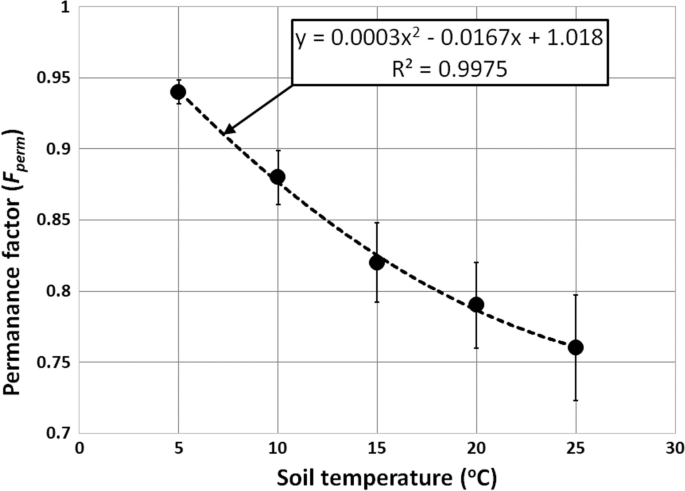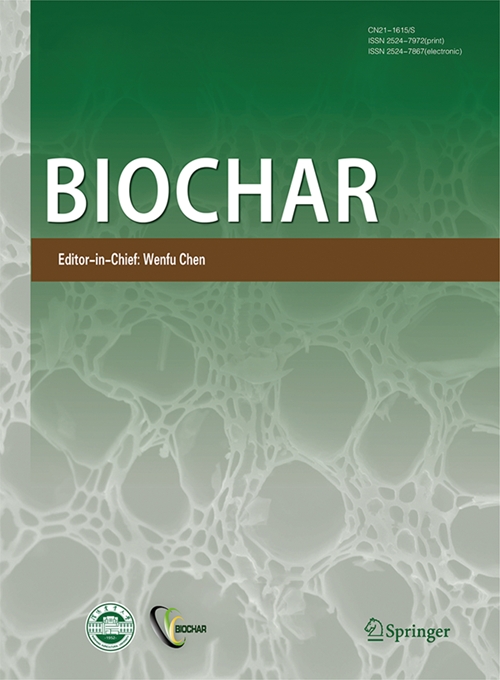生物质残渣去除二氧化碳:量化生物炭的全球影响
IF 13.5
2区 环境科学与生态学
Q1 ENVIRONMENTAL SCIENCES
引用次数: 0
摘要
2015年12月,第21届气候变化缔约方会议(COP)确定了减少温室气体排放的国家自主贡献。自COP21以来,越来越明显的是,必须立即部署二氧化碳去除(CDR)技术,以稳定大气温室气体浓度,避免重大气候变化影响。生物炭是一种富含碳的材料,通过在低氧条件下对生物质进行高温转化而形成,它的生产是为数不多的可以在未来十年内大规模部署以抵消气候变化影响的CDR方法之一。在这里,我们提供了一个广义的框架来量化生物炭对实现国家碳减排目标的潜在贡献,假设只使用可持续供应的生物质,即现有农业、畜牧业、林业和废水处理业务的残留物。我们的研究结果表明,生物炭在全球CDR战略中发挥着重要作用,根据2020年的数据,在100年的时间框架内,155个国家的二氧化碳去除潜力为温室气体总排放量的6.23±0.24%,28个国家的二氧化碳去除潜力超过国家排放量的10%。在南美洲、西北非洲和东欧确定了相对于国家排放具有高生物炭二氧化碳去除潜力的集中区域。图形抽象本文章由计算机程序翻译,如有差异,请以英文原文为准。

Biomass residue to carbon dioxide removal: quantifying the global impact of biochar
Abstract The Climate Change Conference of Parties (COP) 21 in December 2015 established Nationally Determined Contributions toward reduction of greenhouse gas emissions. In the years since COP21, it has become increasingly evident that carbon dioxide removal (CDR) technologies must be deployed immediately to stabilize concentration of atmospheric greenhouse gases and avoid major climate change impacts. Biochar is a carbon-rich material formed by high-temperature conversion of biomass under reduced oxygen conditions, and its production is one of few established CDR methods that can be deployed at a scale large enough to counteract effects of climate change within the next decade. Here we provide a generalized framework for quantifying the potential contribution biochar can make toward achieving national carbon emissions reduction goals, assuming use of only sustainably supplied biomass, i.e., residues from existing agricultural, livestock, forestry and wastewater treatment operations. Our results illustrate the significant role biochar can play in world-wide CDR strategies, with carbon dioxide removal potential of 6.23 ± 0.24% of total GHG emissions in the 155 countries covered based on 2020 data over a 100-year timeframe, and more than 10% of national emissions in 28 countries. Concentrated regions of high biochar carbon dioxide removal potential relative to national emissions were identified in South America, northwestern Africa and eastern Europe. Graphical abstract
求助全文
通过发布文献求助,成功后即可免费获取论文全文。
去求助
来源期刊

Biochar
Multiple-
CiteScore
18.60
自引率
10.20%
发文量
61
期刊介绍:
Biochar stands as a distinguished academic journal delving into multidisciplinary subjects such as agronomy, environmental science, and materials science. Its pages showcase innovative articles spanning the preparation and processing of biochar, exploring its diverse applications, including but not limited to bioenergy production, biochar-based materials for environmental use, soil enhancement, climate change mitigation, contaminated-environment remediation, water purification, new analytical techniques, life cycle assessment, and crucially, rural and regional development. Biochar publishes various article types, including reviews, original research, rapid reports, commentaries, and perspectives, with the overarching goal of reporting significant research achievements, critical reviews fostering a deeper mechanistic understanding of the science, and facilitating academic exchange to drive scientific and technological development.
 求助内容:
求助内容: 应助结果提醒方式:
应助结果提醒方式:


